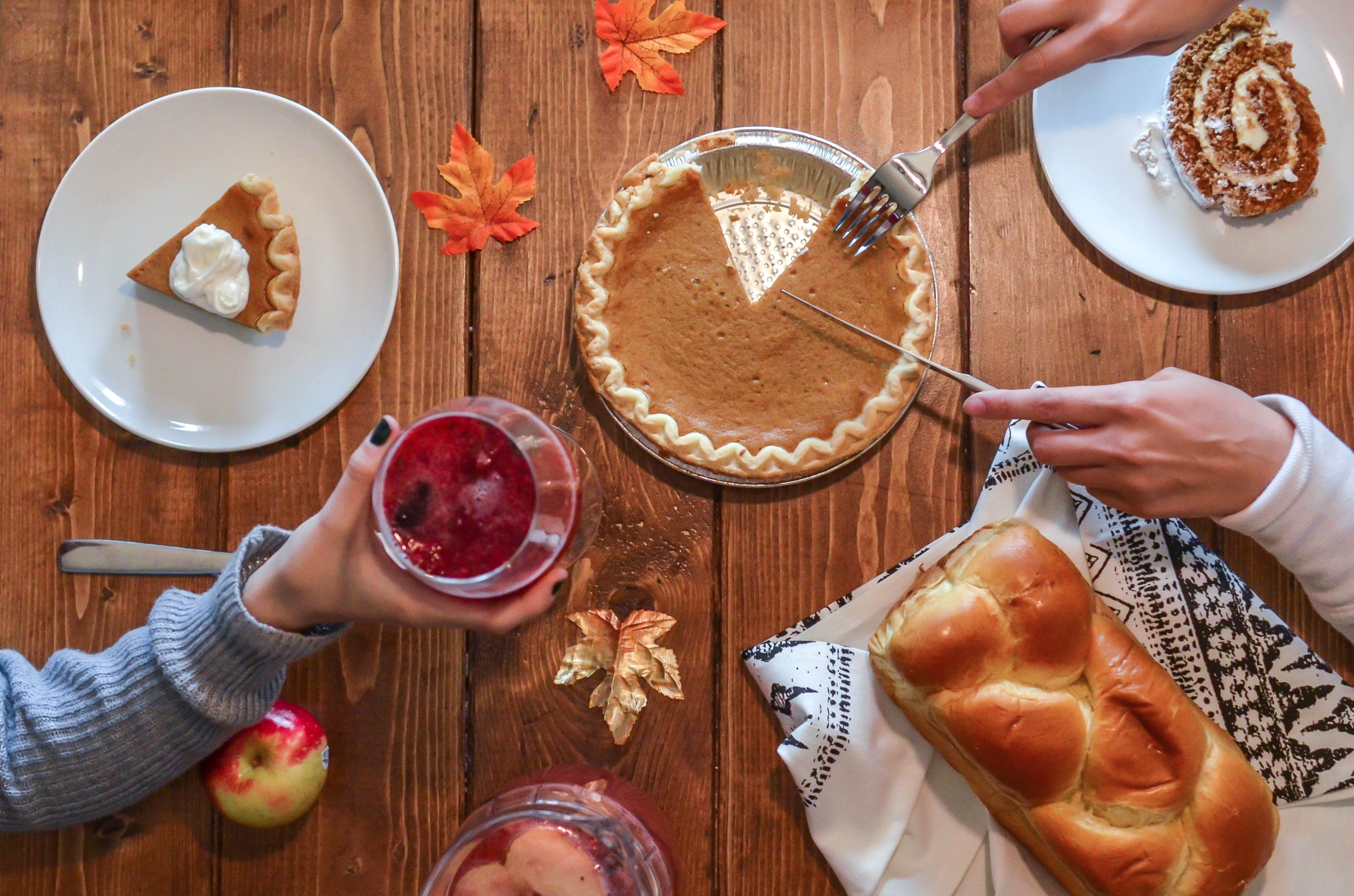Embrace a Joyful and Nourishing Thanksgiving
 Can you believe the time for turkey has already arrived? It’s that wonderful season when families come together, and the aroma of delicious feasts fills the air. So, gather your loved ones close, set the table with care, and grab a fork because it’s Thanksgiving.
Can you believe the time for turkey has already arrived? It’s that wonderful season when families come together, and the aroma of delicious feasts fills the air. So, gather your loved ones close, set the table with care, and grab a fork because it’s Thanksgiving.
In the days leading up to Thursday, the anticipation and excitement build as your schedule becomes a delightful chaos of shopping and cooking. Amidst the flurry of activity, diligent preparations take center stage as kitchens become the heart of the home, producing tantalizing scents and flavors that will linger in everyone’s memories.
As you navigate the culinary landscape, it’s essential to keep food safety at the forefront of your mind. Amidst the chopping, mixing, and baking, remember the importance of proper food handling and storage. Ensuring a safe and joyful celebration is as crucial as the delicious dishes that grace your Thanksgiving table.
Safe Defrosting
Turkeys must be kept at a safe temperature during thawing. While frozen, a turkey is safe indefinitely. However, as soon as it begins to defrost, any bacteria that may have been present before freezing can begin to grow again.
A package of frozen meat or poultry left thawing on the counter for more than 2 hours is not at a safe temperature. Even though the center of the package may still be frozen, the outer layer of the food is in the “danger zone” between 40- and 140-degrees Fahrenheit – at a temperature when foodborne bacteria multiply rapidly.
Immediately after returning home from the grocery store with your frozen turkey, store it in the freezer or refrigerator, if you want to begin defrosting it. There are three safe ways to defrost food: in the refrigerator, in cold water, and in the microwave.
Refrigerator Thawing
When thawing a turkey in the refrigerator, there are several variables to consider:
- Plan ahead. Allow approximately 24 hours for every 5 pounds in a refrigerator set at 40 degrees Fahrenheit.
- Some areas of a refrigerator may keep the food colder than others. A turkey placed in the coldest part will require longer defrosting time.
Cold Water Thawing
Allow 30 minutes per pound. Be sure the turkey is in a leakproof package or plastic bag. If the bag leaks, bacteria from the surrounding environment could be introduced into the food.
Immerse the turkey in cold tap water. Check the water frequently to be sure it stays cold. Change the water every 30 minutes, until the turkey is thawed.
A turkey thawed by the cold-water method should be cooked immediately. After cooking, meat from the turkey can be refrozen.
Microwave Thawing
Follow the microwave oven manufacturer’s instructions when defrosting a turkey. Plan to cook it immediately after thawing because some areas of the food may become warm and begin to cook during microwaving. Holding partially cooked food is not recommended because any bacteria present would not have been destroyed.
After cooking, meat from a turkey thawed in the microwave can be refrozen.
Safe Cooking
Recommended cooking techniques must be followed when cooking your turkey. Timing is not everything. You should use a meat thermometer to ensure a sufficient internal temperature has been reached to destroy bacteria and prevent foodborne illness, as well as to prevent overcooking.
There are many variables that can affect the roasting time of the whole turkey:
- A partially frozen bird requires longer cooking.
- Dark roasting pans cook faster than shiny metals.
- The depth and size of the pan can reduce heat circulation to all areas of the bird.
- The use of a foil tent for the entire time can slow cooking.
- Use of the roasting pan’s lid speeds cooking.
- An oven cooking bag can accelerate cooking time.
- A stuffed bird takes longer to cook.
- Oven may heat food unevenly.
- Calibration of the oven’s thermostat may be inaccurate.
- The rack position can influence even cooking and heat circulation.
- A turkey or its pan may be too large for the oven, thus blocking heat circulation.
This Thanksgiving embrace the festive chaos, savor the flavors of the season, and make this holiday a moment to cherish for years to come.

Leave a Reply
Want to join the discussion?Feel free to contribute!